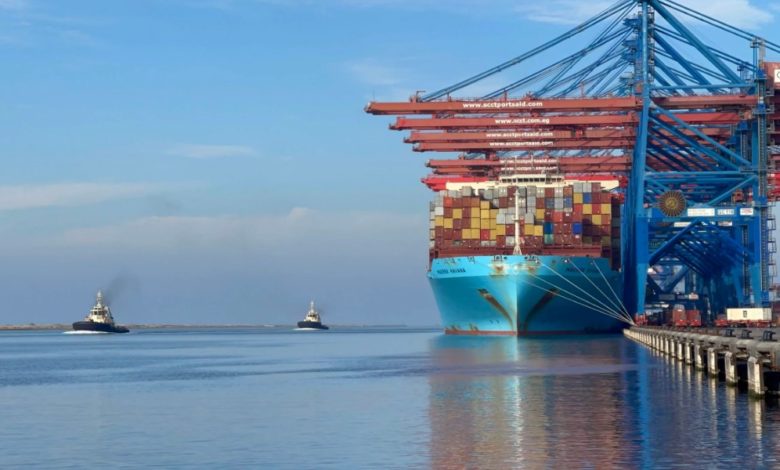Maersk parts ways with towage unit Svitzer

Maersk chief executive Vincent Clerc, in the job for the past 13 months, looks to be continuing the strategy established by his predecessor Soren Skou to run Denmark’s largest shipping company under a single brand for global container logistics.
Over the past years, Maersk has offloaded a number of divisions and consolidated shipping brands under one roof as part of its integrated logistics strategy.
The latest move will see the Danish liner giant separate itself from its towage business, Svitzer.
Tracing its roots back to 1833, Svitzer today has a fleet of about 430 vessels present in more than 30 countries and over 140 ports. The Svitzer brand, together with the likes of APM Terminals and Maersk Line, remained standing following the integration of Hamburg Süd and SeaLand as well as Senator and LF Logistics, into Maersk last year.
However, Maersk said that “given the uncertainties ahead and in line with the implementation of its integrator strategy”, the decision has been made to demerge and spin off the Svitzer towage activities into Svitzer Group, with the intention to close the deal and list the company on Nasdaq Copenhagen in April.
Svitzer will continue to be headquartered in Copenhagen and run by CEO Kasper Friis Nilaus and CFO Knud Winkler. The company’s chair, Morten Engelstoft, vice chair, Robert Uggla, Christine Morris, and Peter Wikström, will be proposed as board members in Svitzer Group after the demerger, with one or two additional independent directors to potentially join in 2025.
Last year, Maersk completed its exit from the energy-related business with the sale of Maersk Supply Service. The move was initiated in 2016, which saw Maersk Tankers, Maersk Oil & Gas and Maersk Drilling sold in the period between 2017 and 2019. APM Terminals, Maersk Container Industry (MCI), Maersk Training, and Maersk Line continue to operate under their existing brand names.
The Svitzer news comes as Maersk unveiled its Q4 results today, showing a $456m loss, a massive drop from a profit of nearly $5bn in the same period of 2022.

Another one beat the dust😥
Well, as I notice and knowledge the biggest financial loss in Shipping industry is the presence of fraudulent Superintendents and technical operations head department in the organization, over the years many of them has been engaged in a secretive money making commission while the vessels undergoing into a drydock, Technical support teams as well as Superintendent handles the vessels on behalf of the Company at that time, The Company has unaware what was the actual transactions between Superintendent and the drydock management, I must summarize the secret connection between them is the unaccounted procurement of ship spare parts, stores and even the duration of ship stay at drydock, those where being manipulated by this activity, mostly of them given a task to ship crew instead of drydock manpower, I had been experienced such that practice.
I do hope this will give a resource caution to a shipping company which is stable but by a practice of traditional kickbacks and commissions by technical management it could lead to a huge loss of money or even bankruptcy.